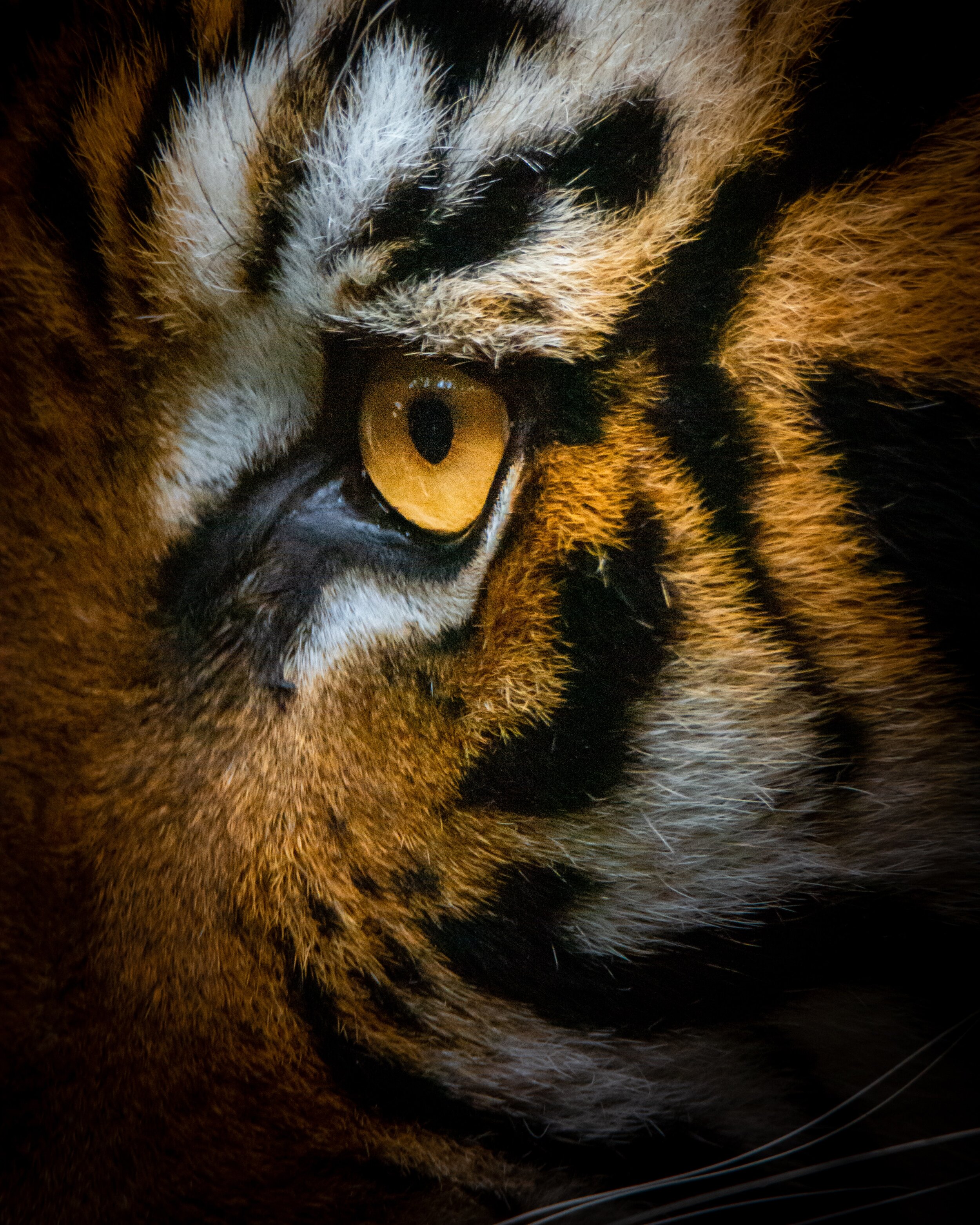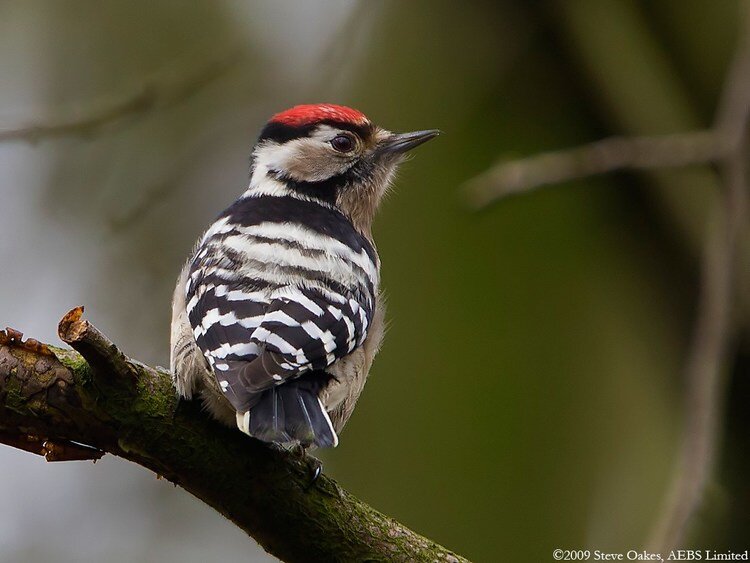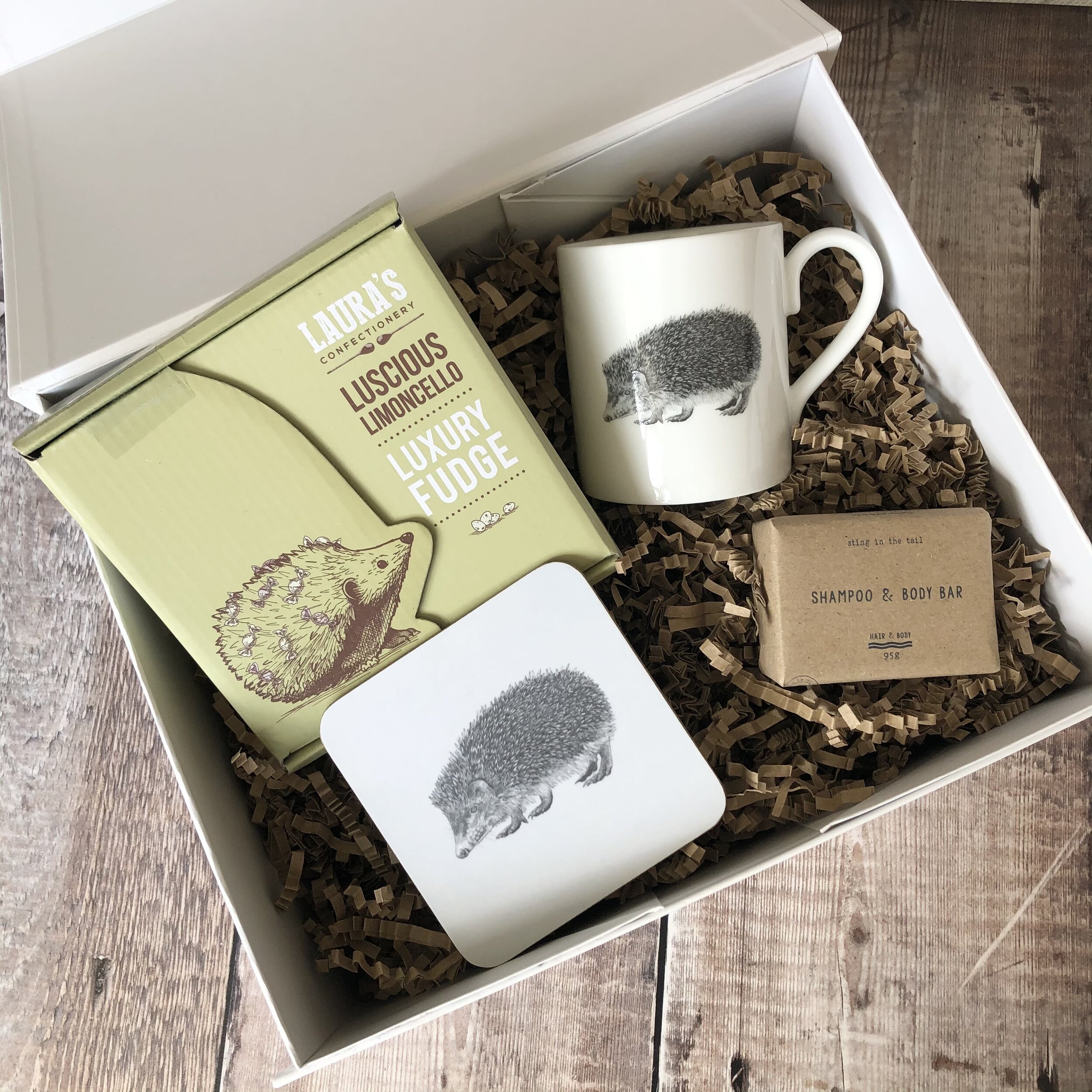By Laura Shakespeare from Bumblebee Conservation Trust.
Buff-tailed bumblebee (Bombus terrestris). Photo: L Moore.
Gardeners have long known the importance of bumblebees. These wild bees are iconic and captivating insects, providing a vital “free-bee” service by pollinating the food on our plates, plants in our garden and wildflowers in our greenspaces.
There are 24 species of bumblebee in the UK, representing approximately 10% of the world’s bumblebee species. However, in the last 100 years, 3 species have become extinct and 8 are in serious decline.
These declines are down to a number of reasons but mainly the loss of 97% of lowland wildflower meadows to intensive agriculture and urban development since the 1930’s.
Bumblebees in spring
Here at the Bumblebee Conservation Trust we don’t tend to count spring as having truly arrived until we hear that familiar, loud buzzing and look up to see the first bumblebee queen of the year (usually a huge Buff-tailed bumblebee with her orangey-brown tail) flying over our heads, hard at work.
Queen bumblebees hibernate over the winter, digging down into well-drained soil, usually on a north-facing bank to ensure they aren’t flooded out by rain and aren’t accidentally woken too early on an unseasonably warm January day. Safe in their underground winter abode, bumblebees can survive temperatures down to minus 19°C!
As rising temperatures in late February/March first start to wake queen bumblebees, it is absolutely crucial for them to have flowers available to feed on. Hibernation depletes the reserves of queen bumblebees, and they need the nectar and pollen from plants for energy and growth to provide them the boost they need to build a nest, lay their eggs and raise the next generation of bumblebees.
Buff-tailed bumblebee (Bombus terrestris). Photo: L Moore.
Please feed the bees
You can ensure your garden is queen bumblebee-friendly by planting flowers such as hellebores, winter flowering heather (Erica carnea), crocus and winter-flowering honeysuckle (Lonicera fragrantissima). Some bumblebee species, such as the Buff-tailed bumblebee (Bombus terrestris) can stay active all winter long, so will need winter-flowering plants to feed on, like Mahonia (Mahonia aquifolium; apollo variety) or snowdrops.
When planting your garden with colourful flowers to attract pollinators, it’s easy to forget the sometimes less glamorous trees and shrubs. But, spring flowering trees can provide a vital source of sustenance for bumblebees at a time where other food sources may be scarce, and can offer the perfect nesting site opportunity. An abandoned mammal hole at the base of a shrub, or a vacant bird box up in a tree can be an attractive prospect for a queen bumblebee hunting for a nest site. Trees such as blackthorn (Prunus spinosa), bird cherry (Prunus padus) or crab apple (Malus sylvestris) blossom early in the year, and goat or pussy willow (Salix caprea) produces catkins that are an absolute magnet for emerging queen bumblebees.
Remember, when it comes to pollinators every little can help - so if you don’t have a garden with lots of space, then a window box, a balcony or a well-stocked plant pot (flowering culinary herbs are excellent forage) could give that bumblebee the boost of energy they need to get to their next destination.
Red-tailed bumblebee (Bombus lapidaries) on Rosemary. Photo: P Brooks
A huge buzzy thank you to Creature Candy for this guest blog spot and for their continued bee-rilliant support of our work.
Bee Safe and thank you for reading.
From the team at the Bumblebee Conservation Trust
Love bees? Check out our buff-tailed bumblebee range!
10% of the sale price of all bee products is donated to Bumblebee Conservation Trust.















































